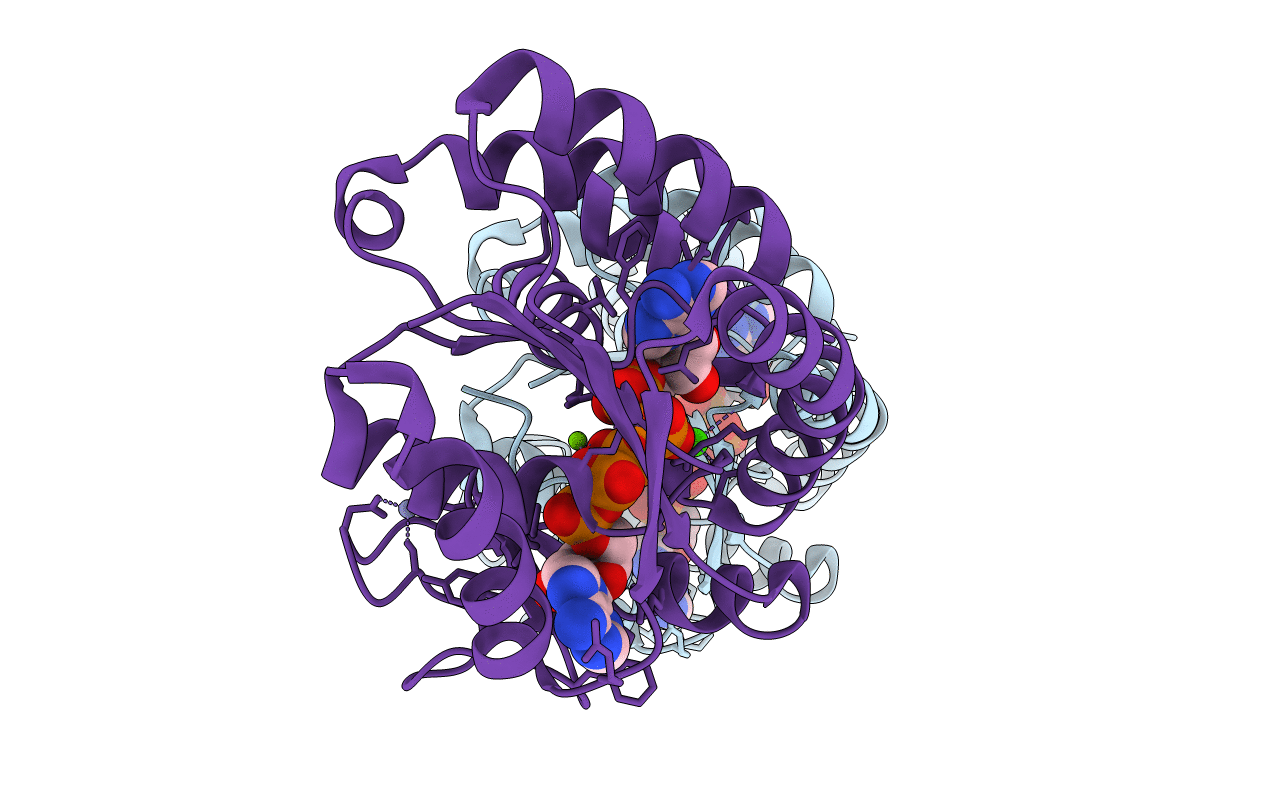
Deposition Date
2005-10-28
Release Date
2006-06-27
Last Version Date
2023-08-23
Entry Detail
PDB ID:
2EU8
Keywords:
Title:
Crystal structure of a thermostable mutant of Bacillus subtilis Adenylate Kinase (Q199R)
Biological Source:
Source Organism:
Bacillus subtilis (Taxon ID: 1423)
Host Organism:
Method Details:
Experimental Method:
Resolution:
1.80 Å
R-Value Free:
0.22
R-Value Work:
0.18
R-Value Observed:
0.22
Space Group:
P 1 21 1


